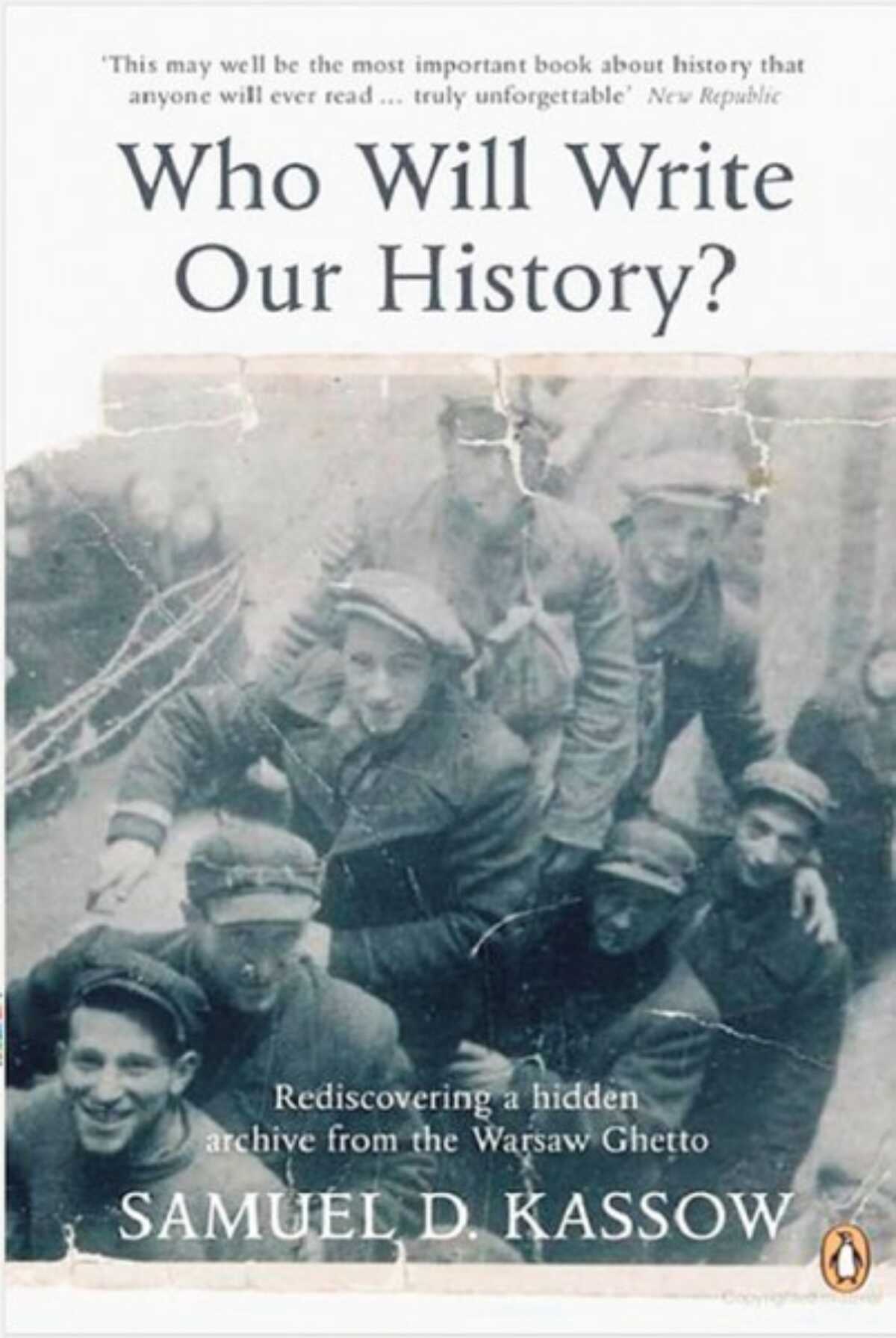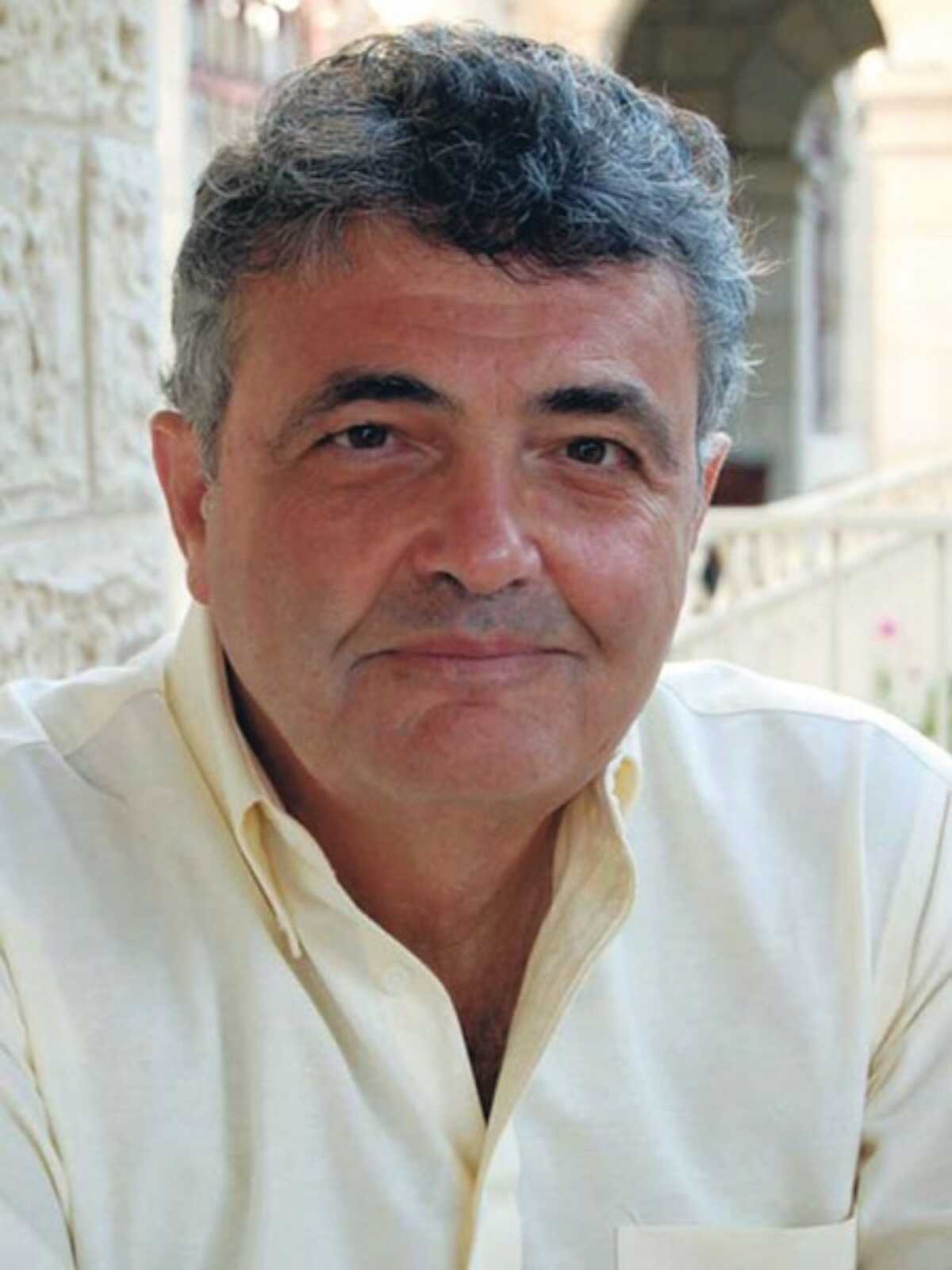Author plumbs secret record of Warsaw Ghetto
At Chhange observance historian will highlight Oneg Shabbat Archive
May 2, 2016

Who Will Write Our History? Rediscovering a Hidden Archive from the Warsaw Ghetto by Samuel D. Kassow (Vintage, 2009)
The Warsaw Ghetto, scene of horrendous atrocities but also a place where Jewish heroism took full expression in a valiant uprising, will be the focus of this year’s Yom Hashoa observance at the Center for Holocaust, Human Rights & Genocide Education.
Scheduled for Friday morning, May 6, the annual event will feature a talk by Samuel D. Kassow, a noted historian and author of Who Will Write Our History? Rediscovering a Hidden Archive from the Warsaw Ghetto. Released in 2009 by Vintage, the book shines a light on the work of Emanuel Ringelblum and some 60 members of the Oneg Shabbat Archive, a group he organized to create a record of both life and death in the infamous ghetto.
Maintaining this archive under the watchful eyes of the Nazis was risky business. Yet, for three years, members of the Oneg Shabbat group worked in secret to chronicle the lives of hundreds of thousands as they suffered starvation, disease, and deportation by the Nazis.
Shortly before the ghetto was emptied and razed in 1943, Ringelblum’s cohorts buried thousands of documents in milk cans and tin boxes, ensuring that the voice and culture of the doomed inhabitants would outlast the efforts of their enemies to silence them.
The Ringelblum archive emerged in two major discoveries — the first in 1946, and the second in 1950 — said Kassow, in a phone interview with NJJN.
The author, 69, now the director of the Jewish Studies Program and Charles H. Northam Professor of History at Trinity College in Hartford, Conn., was born in a displaced persons’ camp in Stuttgart, Germany.
He said he was drawn to the subject of the ghetto in large part because he was the son of survivors. His mother had a classmate who hid her and her sister in a dugout underneath the barn on his family’s farm. Kassow’s father was arrested by the Russians and spent the duration of the war in a Soviet prison camp.
“I grew up in New Haven and was educated at Princeton University, becoming a specialist in Russian history,” said Kassow. “But I knew Yiddish, I believed strongly that the past matters, and I felt that victims of the Holocaust should be remembered by name. They were people, not numbers.”

Samuel Kassow says that Holocaust victims “should be remembered by name; they were people, not numbers.”
Describing his book as an attempt to tell the story of the ghetto in human terms, he said his talk at the Chhange event would focus mainly on the ways in which Jews of the ghetto strove to hold on to some semblance of dignity.
“The scope of cultural life was very rich,” Kassow said. “There were 1,100 house committees formed, each representing a different building. There were lectures and concerts. Serious academic research was conducted. And it all had to be done in strict secrecy.”
By the time the Jews began to fight back, about 90 percent the 500,000 who had been consigned to the ghetto had already been transported to death camps.
In his presentation, Kassow said, he would stress the “importance of cultural resistance” and the equal importance of preserving history by “leaving documents for future generations to study.”
Kassow told NJJN that his book is being adapted as a documentary film for which he worked as a consultant and in which he will appear in an on-screen interview. Produced by Roberta Grossman and Nancy Spielberg, the movie is scheduled for a 2017 release.
At the Chhange observance, numerous survivors will also be honored, with military escorts from the U.S. Naval Weapons Station at Earle accompanying them to the platform. The Marlboro High School Chorus and Instrumental Quartet will perform.
Headquartered at Brookdale Community College in Lincroft, Chhange was founded in 1979 to provide education about the Holocaust and genocide; work toward elimination of racism, anti-Semitism, and all forms of prejudice; and develop programs regarding these crucial issues.
